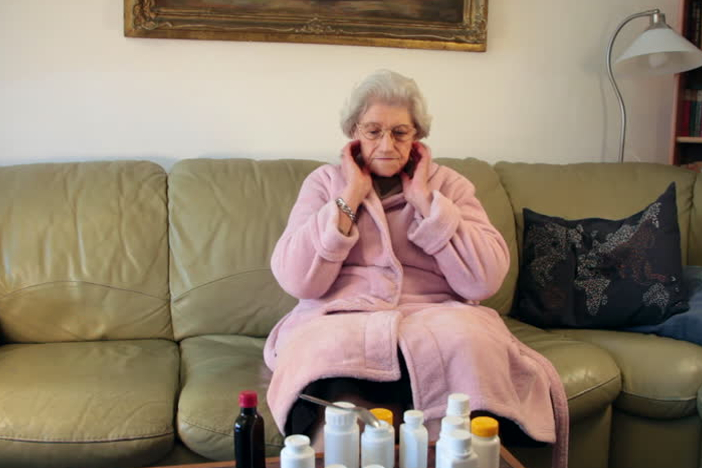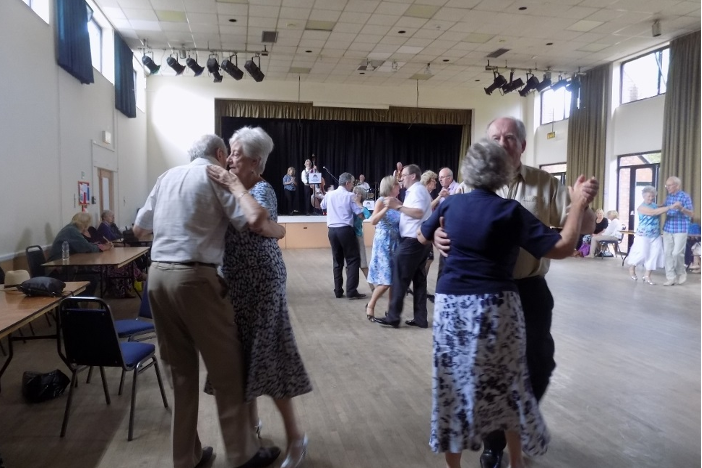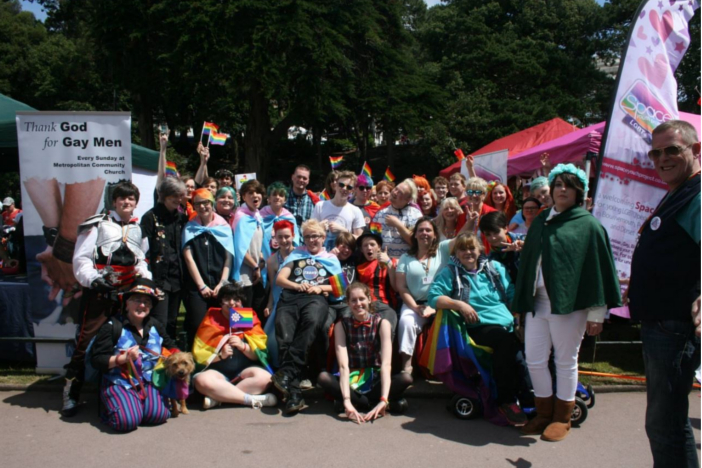Community Foundations are a curious mixture of the two, being, on the one hand, a grant-making trust and on the other a fundraising charity. The first Community Foundation in the world was created in America in 1914 when Frederick Goff of the Cleveland Trust Company described what he saw as the dead hand of organised philanthropy, by which he was referring to funds that had been laid down in the nineteenth century for which the social need had been surpassed, thus leaving those funds without a purpose and therefore delivering no benefit. Goff’s concept was a pooling of these charitable assets to create a permanent vehicle for addressing pressing local needs and being flexible to those needs over time. Donors could be confident that a Community Foundation’s directors would wisely use the income produced by their gifts to respond to constantly changing conditions. Also because grants were to be made primarily from earnings on the capital, gifts made to a Community Foundation would form a permanent and, in time, sizable endowment. The role of a Community Foundation has therefore evolved into being a source of grant funding for those in need but also as a builder of the endowments Goff envisaged.
The idea came to the UK in the 1970’s when Joel Joffe, later Lord Joffe of Liddington who sadly passed away this year, created Thamesdown Community Trust in Swindon, Wiltshire. Joffe, a member of Nelson Mandela’s defence team at the Rivonia trial in 1963 and in later life a keen advocate of the right to die, had created a business the most recognisable name of which was Allied Dunbar and inculcated into that business a sense of giving back to its local community. But Joffe went one stage further by asking why it should only be his business that took this approach and subsequently created the trust to bring local businesses together to help with local social problems, primarily through giving money. The idea caught on one way or another and 40 years later there are 46 Community Foundations in the UK, independently serving a county or conurbation, but who share knowledge and expertise through a national membership body entitled UK Community Foundations. Together they represent one of the largest supporters of the voluntary sector in the UK distributing over £60m a year in grant funding.
The source of this funding is the point I want to address here. It arises, as Frederick Goff envisaged, through the building of endowment and the distribution of the income made on that capital. But also through managing flow-through funds for immediate distribution on behalf of statutory organisations or private donors. The endowment provides a year on year sustainable source of good and in doing so secures the position of the Community Foundation itself. Whereas flow-through funds deliver more immediate benefit to local people but are by nature transient. Historically for many Community Foundations endowment has been king! But the major issue for them today is balancing this approach with the growing needs of society in a time of persistent austerity. In other words the need to spend more money now to help those most in need rather than storing it to meet the needs of people in the future. The Association of Charitable Foundations addressed this dilemma in a very good report some years ago entitled ‘For Good and Not For Keeps’ (
http://www.acf.org.uk/policy-practice/research-publications/for-good-and-not-for-keeps).
To a donor, the prospect of making a significant donation to a Community Foundation who then do not spend it but invest it for future returns is at odds with the growing sense in this country of the need for private philanthropy to address the needs we have in an evidently divided society. At the same time, the concept of Philanthropy has been reclaimed for the 21st Century from its previous associations with only the very rich and in the mind of the general public perhaps only the very rich of the Victorian era. Modern Philanthropy is about using your resources to generate measurable social improvement. This can be in an area the donors feel passionate about or where they feel they will be able to make the most impact. Today the headline causes might be: helping the old stay warm and well in winter; fighting for more opportunities for our poorest young people to meet their potential; supporting ex-offenders to re-join society; combatting the effects of mental illness and substance dependency; preventing homelessness. But a donor’s motivations may dictate otherwise and they are free to choose how they use the resources they have at their disposal. All this in a time of low-interest rates and investment returns making the idea of an endowment even more unattractive.
In this context, Community Foundations have to exhibit the impact they make, and yes that is about measuring outcomes, in order to attract greater support. But how does a Community Foundation act philanthropically in order to encourage philanthropy in others whilst retaining that eye for future needs and the resources to meet them, as Frederick Goff determined over a century ago? There is no obvious answer other than to keep focusing attention on the needs in the area and offering the services to meet those needs through its expert grant-making processes. At the same time building an endowment that can continue to meet such needs into the future has to remain an aim and in the context of creating gifts in wills or securing the future of dormant or ineffective local charitable trusts, it still has the relevance it did in Cleveland in 1914. Indeed, the idea of creating something for the future in your name for a cause that matters to you is still a great thing to do and will over time generate more than the amount of the gift in community benefit, it just takes time. The Charity Commission still encourage endowed donations and advise people to talk to their local Community Foundation about creating it through them. Any charitable giving is a good idea and, in this country, it will always be accompanied by incentives such as Gift-Aid.
Right now Dorset Community Foundation is fighting fuel poverty right on our doorstep and using every penny it receives to help vulnerable older people keep warm and safe this winter. This is Philanthropy NOW with no great thought about what to do next winter. I think Frederick Goff and Joel Joffe would approve but I will leave it to you to judge.
To find out more about our Surviving Winter Appeal please click here.




